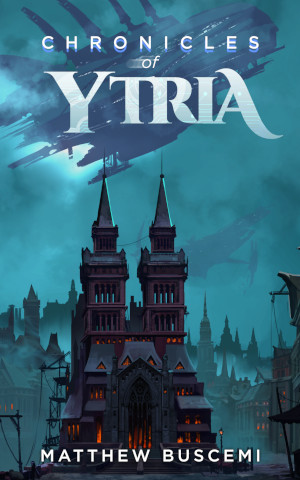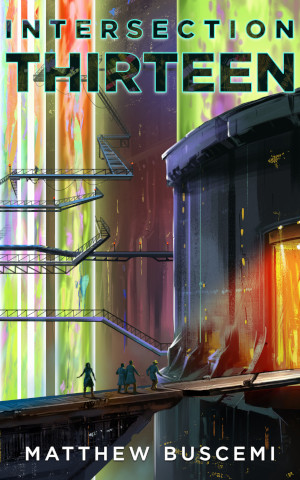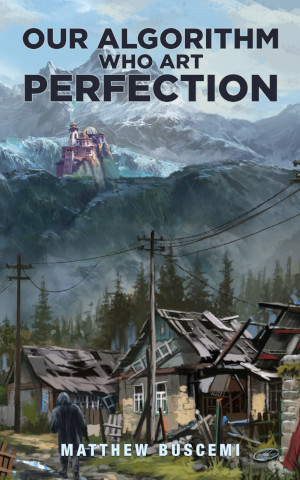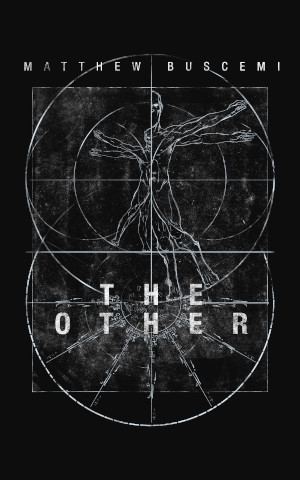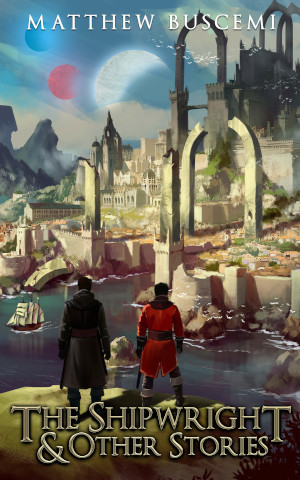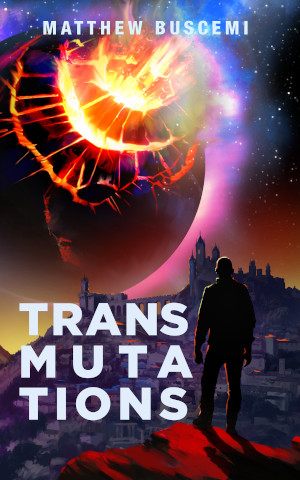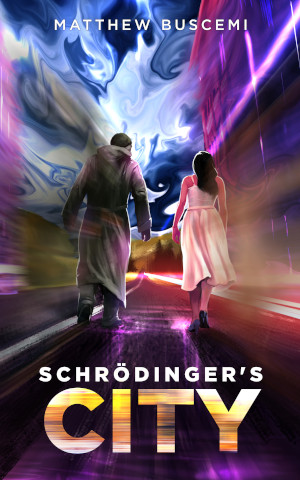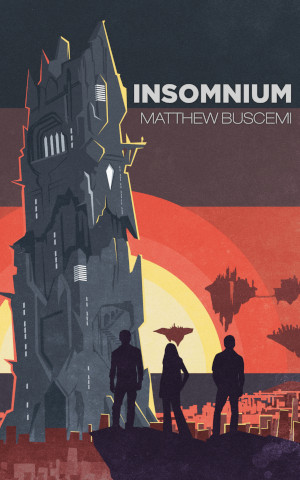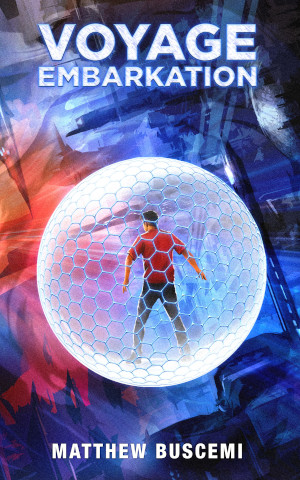Midstream Thoughts on Book of the New Sun
Wednesday, July 3, 2019 at 5:12am
Before I came down with the cold that has incapacitated me for nearly a week now, I had made to about the halfway point of Claw of the Conciliator, the second of the four-book Book of the New Sun series.
Gene Wolfe's writing is lucid, in that every scene and chapter is vividly detailed; the scenes flow together. And yet, in many ways, it remains a riddle. As Neil Gaiman mentioned in his introduction, there are these odd detours—a chapter-long excerpt from a story book being the most recent example that comes to mind. It's an odd feeling; Wolfe's writing is somehow simultaneously confusing and coherent.
This brings to mind a writing "principle" a former writing group harped on, that the reader should get "payoffs." The idea here is that each moment the reader spends scanning their eyes over the author's words creates a kind of debt, that the reader is putting themselves out by forcing themselves to pay attention to the writing. The author, under this logic, is thereby obligated to provide "payoff" for this debt. When pressed, the writing group would admit that elements such as narrative inter-connectivity and detail discovery could serve as "payoff," but the lived reality of receiving the group's feedback laid plain that "payoff" consisted of mostly of sex, violence, and explosions.
So far, Book of the New Sun is, for me, a number of very elaborate details, vivid images, and stunning events that don't seem to add up. The protagonist and narrator, Severian, can be downright frustrating in that his intended audience is clearly someone familiar with so many intricate details of his world, yet real human readers are many orders of magnitude divergent from that intent.
If one of the hallmark features of science fiction is the generation of estrangement, then, at the very least, Gene Wolfe has achieved a profoundly science fictional text. I withhold judgment on the overall impact of his narrative complexity until I've completed the series.
